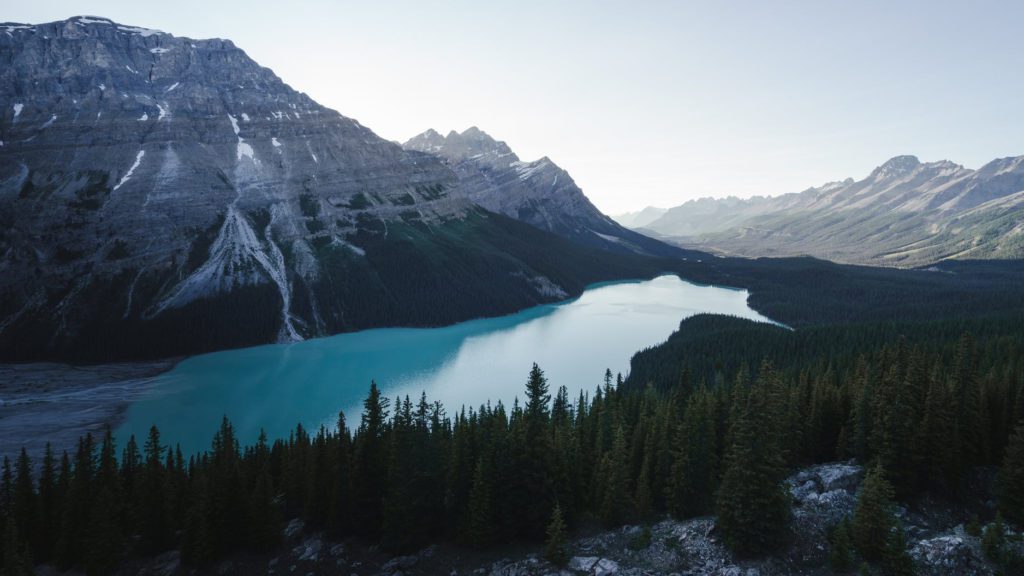People do dangerous things all the time and they tend to do them more than usual when traveling. Sometimes they’ll go to places for the sole reason to do something that involves a high level of risk. That’s why people die every year trying to climb Mt. Everest.
Other times, people do risky things not realizing how dangerous their actions are. Countless people have been carried or even airlifted out of the Grand Canyon because they didn’t know how hot it can get and they end up dehydrated, or because they fell while careless trying to get that perfect picture for Instagram.
Those are just two famous places where people end up “biting off more than they can chew.” Here’s a lesser known one. Did you know there’s a place in Alaska where people would hike for miles thru the Alaskan wilderness to an area just outside Denali National Park, just to see an abandoned bus?
This wasn’t just any bus. It was the one made famous by the book and subsequent feature film, “Into The Wild.”
In 1992, Chris McCandless left on what would be the final trip of his life. After walking down the Stampede Trail for 28 miles, he came upon a bus that would become his camp for the next 4 months. He eventually died on the bus by either starvation, poisoning, or a combination of the two.
His journal from his time in Alaska became the basis of the 1996 book “Into the Wild,” which was turned into a film directed by Sean Penn in 2007. Since then, the “Magic Bus” became a tourist attraction for people fascinated by McCandless’s story. But just as the protagonist was unprepared for the Alaska wilderness, several guests over the years needed to be rescued after heading out on a hike to the bus. Unfortunately, in 2019 a newlywed drowned crossing a river while making the trip. She was the second death attributed to visitors trying to visit this “attraction.”
In a move that’s sure to upset some but comes as a relief to local officials, the Magic Bus was removed from its location on the Stampede Trail and airlifted to a “secure location” by the Alaska National Guard.
File Photo by Spc. Craig Lyons/Alaska National Guard
Moving the bus didn’t cost anything for the local government because the National Guard considered the operation as a training exercise.
The removal of the bus comes in response to the public safety hazards caused by its presence and location, Department of Natural Resources spokesman Dan Saddler said.
Between 2009 and 2017, there were 15 bus-related search and rescue operations by the state, according to the natural resources department.
Saddler said he hoped its removal would “reduce injuries, search and rescues, loss and even death that have occurred in connection with this bus.”
Eventually, it was a financial consideration to remove the bus. The family of the tourist that died in 2019 was requesting the city to build a bridge to make it safer to hike to the bus.
The city took a different view.
“It’s a major crossing and a major hazard,” Walker said. The rescues require “significant expense of the state and time and energy of local responders.”
“This place has been desecrated and now it’s been obliterated. But it’s really tragic people keep dying doing stupid stuff.”
“I wish the bus could have remained how it was,” Krakauer said. “But I wrote the book that ruined it.”
Final Thoughts
No matter how many warnings you give people, some of them will still do dangerous things. Even though the bus is gone, I’m willing to bet that some people will still hike to the location. But at least maybe not as many as before, because there’s not a good photo-op.
Knowing that the rescue crews will not have to risk their own safety spending time to save people who didn’t know what they were dealing with makes me feel fine that this “attraction” was removed. Sometimes things need to be done that protect us from ourselves.
Like this post? Please share it! We have plenty more just like it and would love it if you decided to hang around and get emailed notifications of when we post. Or maybe you’d like to join our Facebook group – we have 13,000+ members and we talk and ask questions about travel (including Disney parks), creative ways to earn frequent flyer miles and hotel points, how to save money on or for your trips, get access to travel articles you may not see otherwise, etc. Whether you’ve read our posts before or this is the first time you’re stopping by, we’re really glad you’re here and hope you come back to visit again!
This post first appeared on Your Mileage May Vary
Join our mailing list to receive the latest news and updates from our team.

